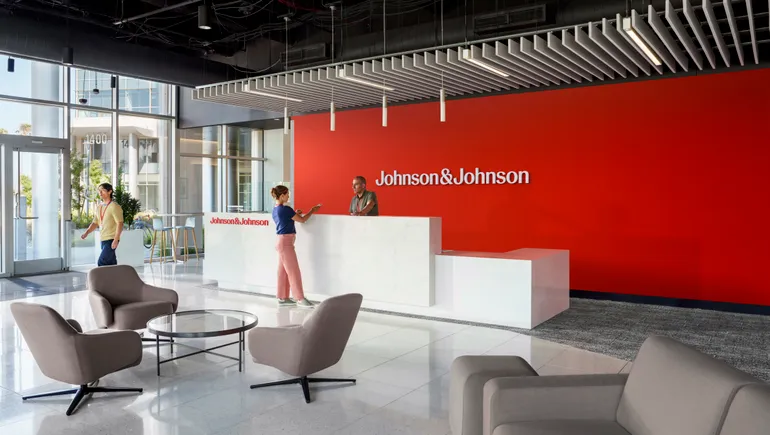By the numbers
Q1 Medtech sales: $7.82 billion
4.5% year-over-year growth
Cardiovascular sales: $1.81 billion
Roughly 20% year-over-year growth
Abiomed sales: $371 million
Compared with $324 million in the year-ago period
Johnson & Johnson has recently spent more than $30 billion on acquisitions, picking up both medtech and pharmaceutical assets along the way. Despite the brisk pace, the healthcare giant’s spending spree may not be over any time soon.
CEO Joaquin Duato told investors Tuesday that J&J’s acquisition strategy has not changed, and M&A will remain a key priority.
“Our M&A strategy is not going to change. We’ll continue to evaluate opportunities agnostic to the sector and size,” Duato said on an earnings call. “When we think about M&A, we think in decades. We don’t think opportunistically.”
The CEO’s comments are similar to those made earlier this month on a call to discuss J&J’s $13.1 billion proposed acquisition of Shockwave Medical, the latest pickup in what has become a pricey run of deal-making.
Upon closing the Shockwave deal, J&J will have shelled out more than $30 billion on medtech assets alone in roughly two years, including the $16.6 billion purchase of Abiomed and the $400 million pickup of Laminar. In January, the company also announced plans to acquire Ambrx Biopharma for $2 billion.
Duato said J&J will continue to pursue M&A where technology can improve the standard of care, with a specific focus on higher growth markets the company can further develop.
Cardiovascular focus has led to growth
J&J’s recent medtech spending has been focused on companies with devices to treat heart conditions: Abiomed makes Impella cardiac pumps; Laminar makes devices to treat a condition in the left atrial appendage of the heart; and Shockwave’s devices treat coronary and peripheral artery disease.
The flurry of deals in this space has already helped fuel growth for the company’s cardiovascular unit, previously called interventional solutions. Overall, the segment brought in $1.81 billion in sales in the first quarter, roughly 20% growth year over year.
In 2022, before the integration of Abiomed, J&J’s interventional solutions unit had $4.3 billion in total sales, growing year over year at just over 8%.
Tim Schmid, head of J&J’s medtech businesses, told investors that Abiomed continues to “perform ahead of the deal model.” Meanwhile, his comments on the recent Shockwave deal echoed Duato’s on high growth M&A targets, and they could be a hint at factors J&J would consider for another medtech purchase.
“[Shockwave] will be our third very thoughtful and deliberate move to only participate in high growth, high margin cardiovascular areas, where there is significant unmet need and tremendous opportunity for us to grow,” Schmid said.
Electrophysiology was the strongest piece in the cardiovascular segment, growing at 23% year over year to $1.34 billion in the quarter. The space has recently received a lot of attention from industry and Wall Street analysts as pulsed field ablation (PFA) devices hit the market.
Boston Scientific and Medtronic received approval from the Food and Drug Administration for their respective PFA systems, and both are beginning U.S. launches.
Last month, J&J said it submitted a premarket approval application to the FDA for its Varipulse PFA system. Varipulse has received market authorization in Europe and Japan, though J&J may continue to trail Medtronic and Boston Scientific in the U.S. in the foreseeable future.
Schmid, noting that J&J cannot control the review process, said the company expects an FDA approval to come through by the end of this year or early next year.

